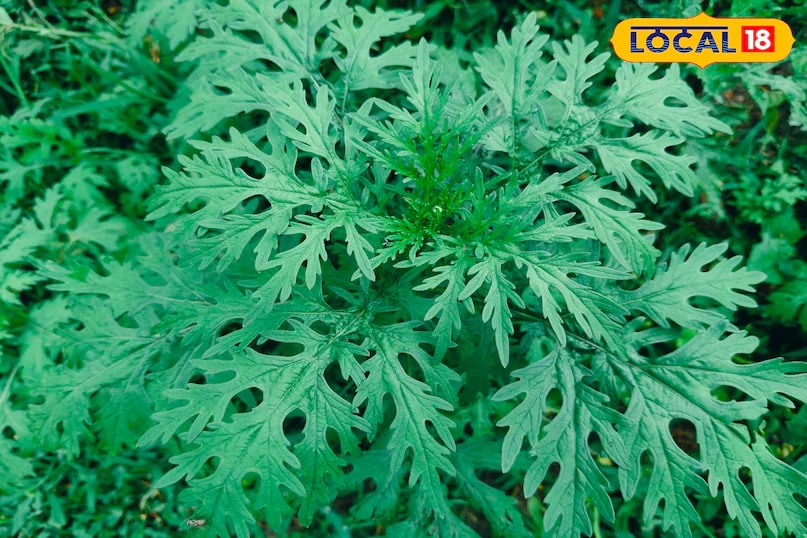
Parthenium grass, commonly known as carrot grass, is an invasive weed rapidly spreading across India and several other countries. Its aggressive growth and high seed production pose a significant threat to agriculture and human health. Experts warn that if left unchecked, this plant can severely impact crop yields and pose serious risks to people and livestock. (News18 Hindi)
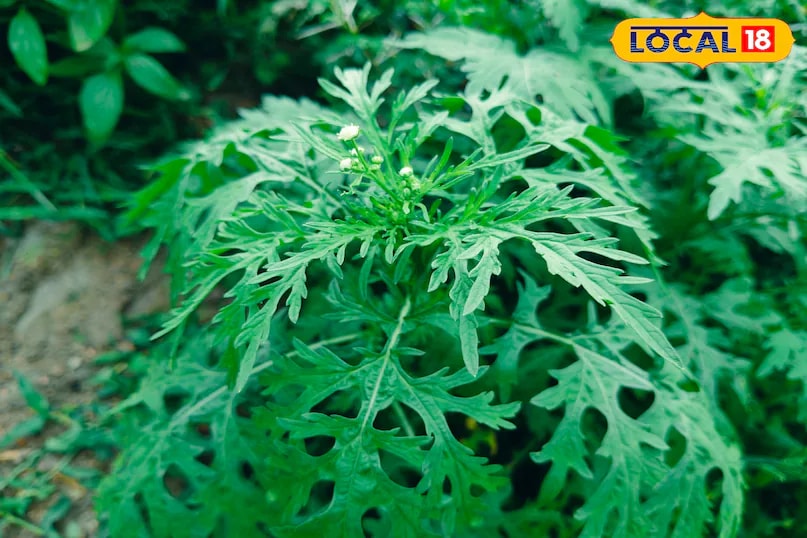
Dr Kamlesh Ahirwar, a scientist at Nowgong Krishi Vigyan Kendra in Chhatarpur, Madhya Pradesh, states that carrot grass can reduce food crop production by up to 40 percent. (News18 Hindi)
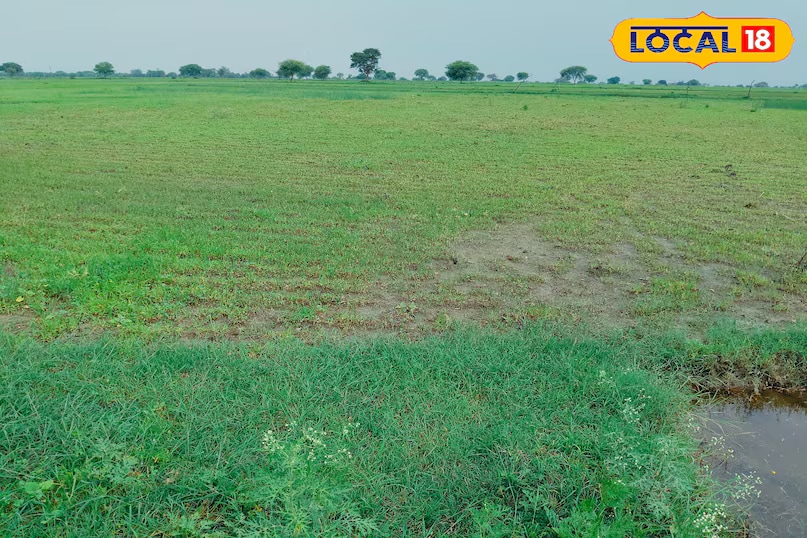
Frequent contact with carrot grass can cause health issues in humans, including dermatitis, eczema, allergies, fever, and asthma. The plant is also highly toxic to animals, causing diseases, reducing milk quality, and lowering dairy production. (News18 Hindi)
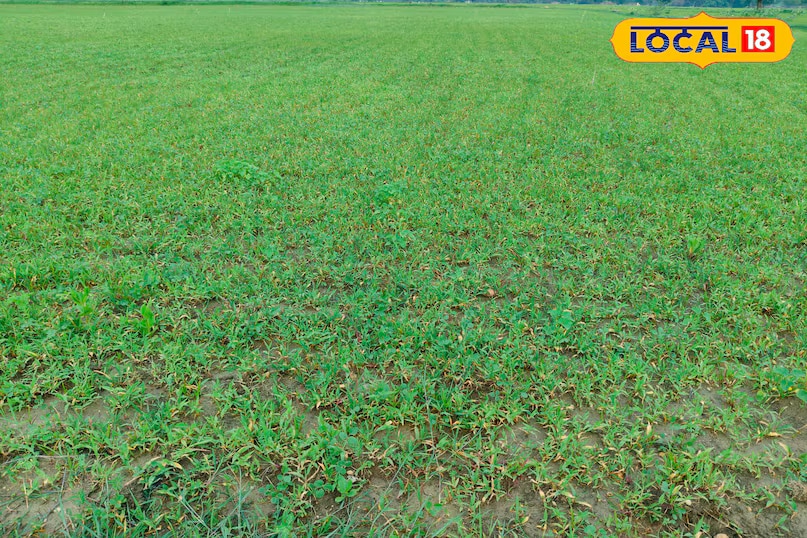
Besides India, carrot grass has spread to 38 other countries, including the United States, Mexico, West Indies, Nepal, China, Vietnam, and Australia, affecting crops and human health. (News18 Hindi)
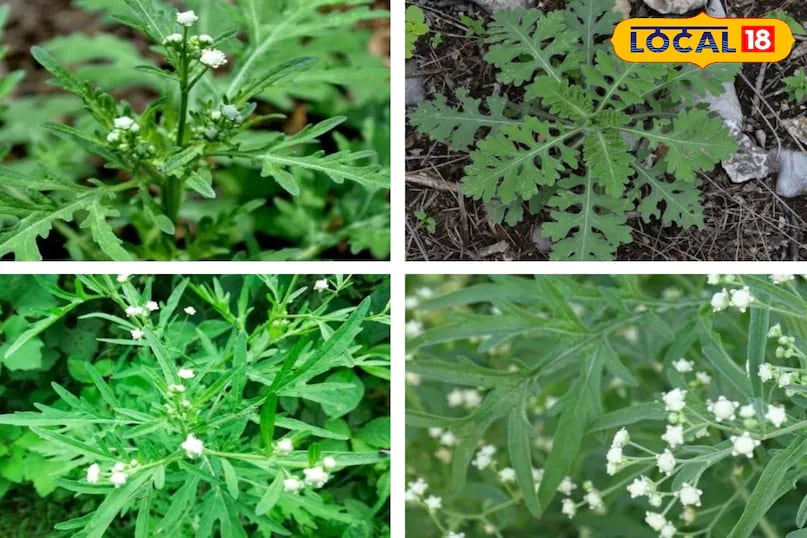
Carrot grass thrives in coastal regions, areas with medium to low rainfall, submerged paddy fields, rocky lands, and industrial zones. It is commonly found on vacant land, along roads and railway lines, and in fields growing food grains, pulses, oilseeds, vegetables, and horticultural crops. Its spread is more pronounced on non-irrigated lands. (News18 Hindi)

This annual plant grows to a height of 1.5 to 2 metres, with leaves resembling carrot foliage. Each plant produces between 5,000 and 25,000 fine seeds, which germinate after moisture exposure. Carrot grass completes its life cycle in 3-4 months, producing 2-3 generations annually, and grows irrespective of light or temperature conditions. (News18 Hindi)
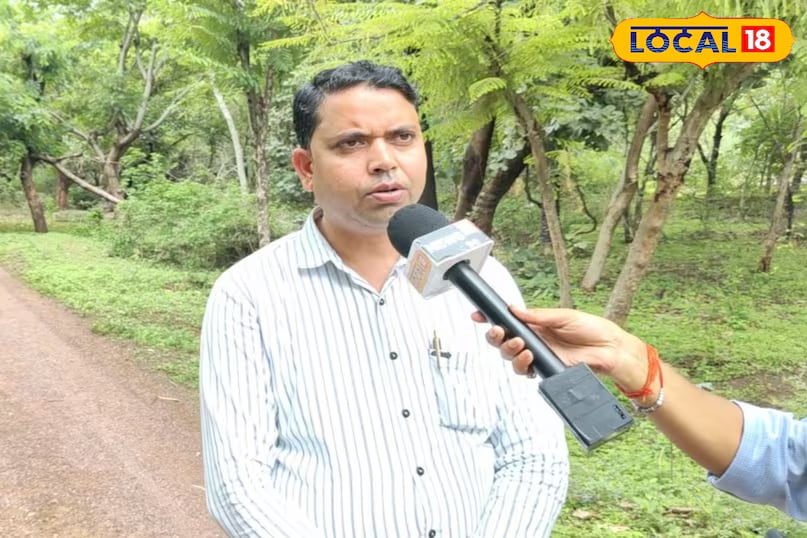
Dr Ahirwar suggests controlling carrot grass through chemical and biological methods. Herbicides such as simazine, atrazine, alachlor, diuron sulfate, and sodium chloride are effective. Biologically, beetles can be reared to cover one acre of infested land. Growing plants like Cassia tora, marigold, Tephrosia purpurea, and wild amaranth can also suppress its growth. (News18 Hindi)
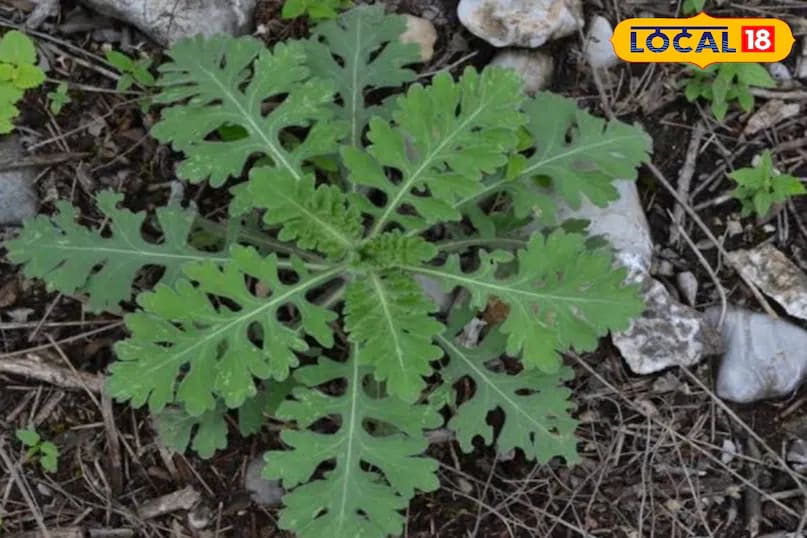
For lands without crops, glyphosate can be used. The recommended dosage is 10-15 ml per litre of water for spraying, which effectively eliminates carrot grass. Regular monitoring and preventive measures are essential to curb its spread and protect both agriculture and health. (News18 Hindi)






